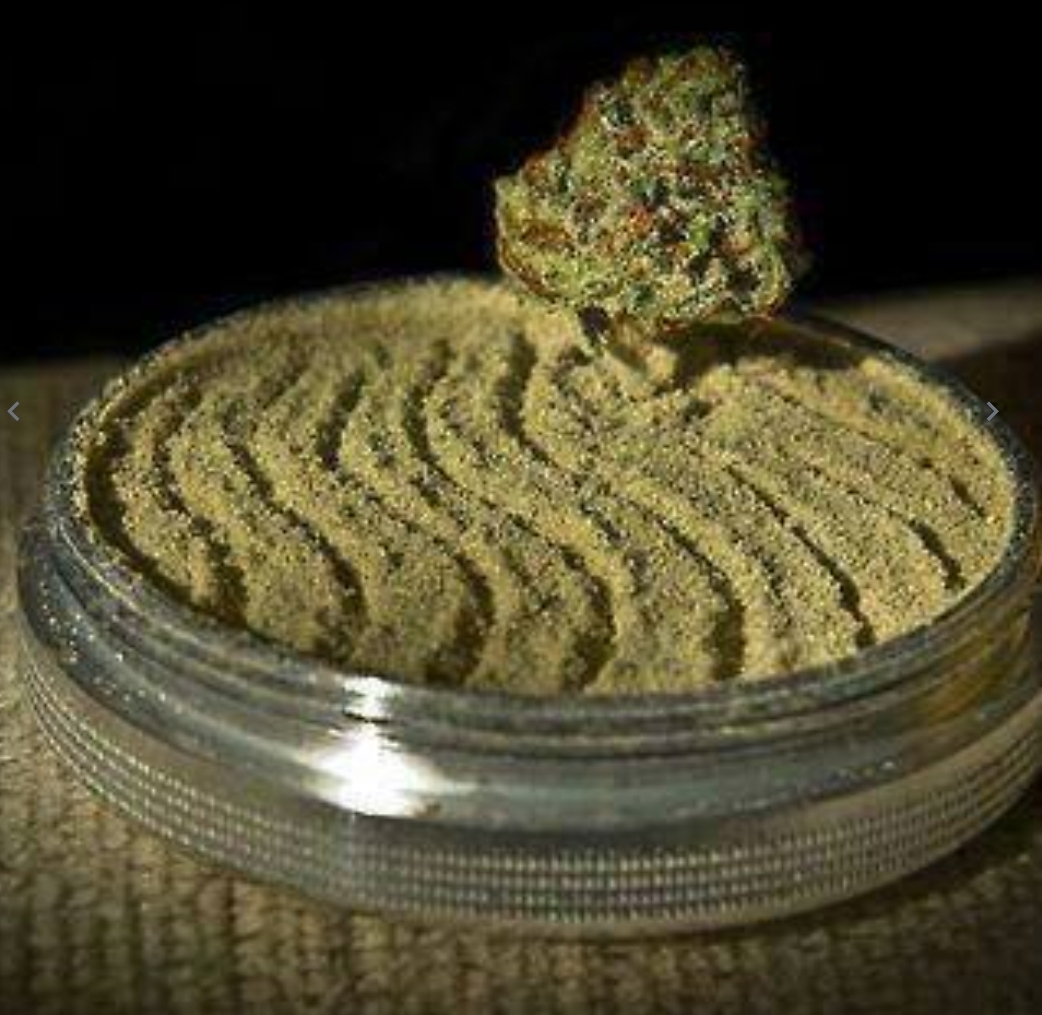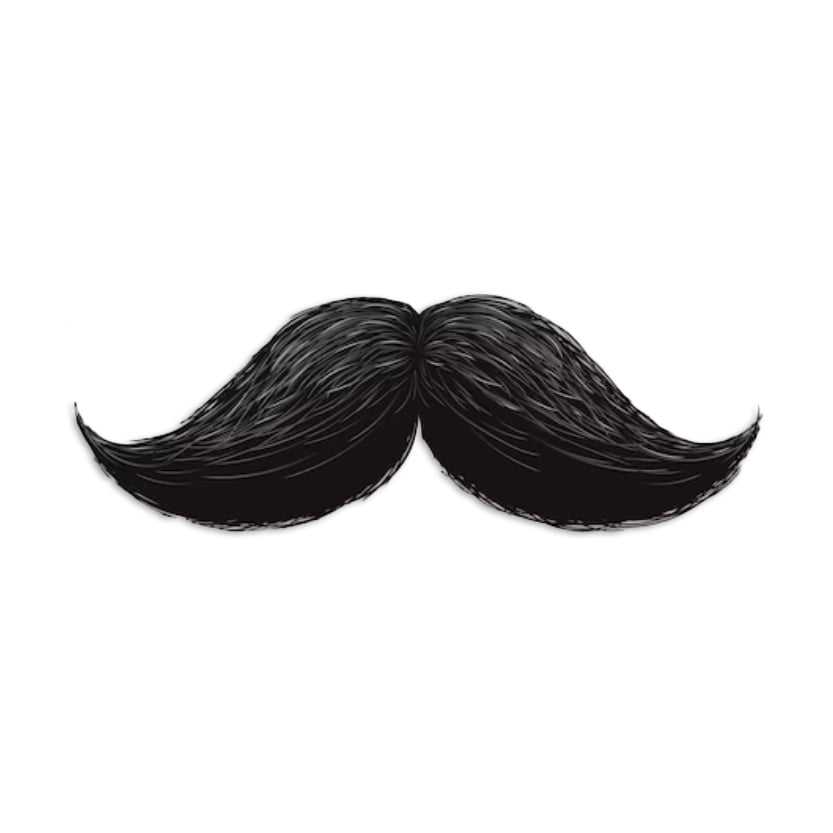- cross-posted to:
- canada@hexbear.net
- cross-posted to:
- canada@hexbear.net
Saw this recently on a WAN Show (19:12). How true is this? It sounds wild.
I find everyone uses time for long distances. I know it’s a 13 hour drive to Edmonton but damned if I know how many kilometres it is.
I always convert using 100km/h. So a 13 hour drive is probably North of 1250km.
That being said I only measure distance in time as well.
100km/h is a good estimator, because you’re probably going 120km/h most of the way but you need to account for toilet breaks and lunch.
And city driving where you might spend 20 or thirty minutes getting to our from the actual highway.
My car tracks my average speed for some reason, and I believe it’s based on engine hours vs. distance. After 2½ years and ~70,000km it’s stayed pretty consistent at about 60km/h.
My driving is probably 90% highway by distance, or 60% by time.
Yep, I can tell you Toronto is 17 hours away and the QC border is 7, but I have no clue how many KM those are.
You’re from Cape Breton. Final answer
Sorry, try again next week on Where Am I From? Right province, but I’m on the mainland.
Shit. Ok. I’ll be back next week
Damn, I have to tune in next week to get the answer? This show is crazy.
Yeah bro, don’t miss out!
Duplicate posted, I blame Connect.
Oh no! I’m late!
Halifax?
Lmao wasn’t expecting another answer this week. Yep.
I try to be true to my word. Glad I don’t have to come back next week.
This is what I came here to say. Even short distances.
Basically, any time you’re describing a trip to a destination, it’s in time, based on the mode of travel. Hell, I even describe our family hikes in time it takes our littles to walk it, then estimate how long it would take an adult.
My kids school is 3 minutes away or an 8 minute adult-pace bike ride. Fucked if I know how many km that is.
deleted by creator
Can you even buy appliances like ovens that display °C instead of °F in Canada? Recipes are still all pretty locked into sharing imperial units with the US.
I tried 3 years ago. Wasn’t possible. It’s F only.
Edit. I was wrong. Turns out I CAN switch my oven to C. I didn’t poke the settings enough.
I’ve never used an oven that didn’t have a setting to switch between them.
I’m in the US. I work in metric if I’m at home and doing my own project but I need to speak imperial if I go to the hardware store, lumber yard, or talk to literally any other person around me.
I feel like long distace should be time not metric or imperial.
This is true. I never really noticed this until I lived overseas for a year, and when I received directions, they were like, “go 750m this way…”, and it sounded so foreign. I was thinking, “like, 10 mins…? 12 mins?” Haha
Don’t forget we also measure distance by travel time. I have to Google the KM distance from Ottawa to Toronto but I know it’s around 4 hours and 20 minutes traffic allowing.
yep, driving somewhere is almost always expressed as a unit of time. Only time I check distances is planning a trip with the trailer to get an idea of when to stop for gas, especially going up north.
Not to mention if we say miles, we almost always mean kilometres.
Cooking flip flops the most… Usually baking is Imperial ( ferenheit/cups/teaspoon/tablespoon/ounce (weight), fl oz (volume), etc)… But in a single recipe, I’ve turned on the oven to 350F, and mixed a teaspoon of one ingredient into 300 mL of another, then added 300g of a third with an 8oz can of another.
It’s just completely random, even within a single recipe.
As a German I have to ask… why? It’s just sad at that point
A big issue is how connected certain trades are to the USA. A lot of our trades education or consumer products rely on their imperial system. Really wish the USA would stop prerending it is special and join the civilized world of logical units.
The funny thing is any blueprint you get will be in metric. But if you want to do something like bend a conduit, all the benders use imperial measurements.
The rule of thumb I used to use as a draughtman was that plans would be metric for zoning and permit approval, metric for steel-frame or concrete, and US standard measurement for lumber and wood-frame. this is because dimensional steel mostly comes from China, which is sold in metric lengths, while lumber is cut to US standards.
Basically everything mandated by the government is Metric, so any official labeling (like on roads or foods) and it’s what we are taught in school. But we are in a transitionary phase in terms of whats passed on through family and social interactions. And that period is extended by trade with the US leading to lots of things still having both imperial and metric measurements, or in the case of weather, I grew up on the border listening to Detroit news.
Because there are still huge numbers of people alive today that grew up and went to school before Canada officially switched to metric. Don’t forget that we’re trapped by the Americans. Where I live I can literally see the individual buildings in the city across the river which is upstate New York. There are several radio stations along the border that do their weather reports in both °C and °F. Personally… I’m 6ft tall, 235Lbs, every liquid is in litres and temperatures are in Celsius. My oven has both F and C. Driving in Canada is usually measured in time when speaking to people. I know that Toronto is about 4hrs away on a good day and it can be 7hrs on a bad day in the winter. Don’t get me started on accidents or construction. I have no idea how far it is in KM. I’m guessing maybe 400km since the speed limit is 100kph and it takes 4hrs to get there.
FWIW, I’m 45yrs old. So I’m really trapped in between the two systems. I prefer metric but my parents and many coworkers were born and raised pre-metrification.
FWIW, I’m 45yrs old.
Metric or imperial?
45 metric years. I was born in QC and started out the right way. Never even heard of imperial till my family moved to ON. I’m also fluent in 24hr timekeeping, none of that AM/PM bullshit for me.
Thanks for taking your time go give me that detailed answer. Really appreciate it. Don’t even know what to say know XD
I forgot to mention another thing about our timeline. “Metrication” in Canada only started officially at the government level in 1970. The scientific community used it long before that but definitely not the average citizen and not the government. It will take several generations to finally get rid of it here, if ever. Cuz ‘Murica next door.
https://en.m.wikipedia.org/wiki/Metrication_in_Canada
If you really want to hear something sad… we buy butter in bricks of 453g which are actually just 1lb bricks that were relabeled. Same goes for jugs of certain liquids. There’s no such thing as a 4L jug of milk or juice or even motor oil. We have 1gal jugs that are labeled and contain 3.79L of product.
It’s interesting to see that Australia and New Zealand did just fine with metrification around the same time. Yet somehow, the UK and US absolutely bungled it and Canada has had to wait for generational change.
Here’s a little photographic evidence to backup my claims re. food. Here you will find extremely common products that are available in every supermarket/grocery/convenience store all across Canada. A Canadian pound of butter 454g (didn’t realise this brand still has imperial on the label), 2.5 cups of Gatorade 591ml, 3 cups or 1.5pints of Coca-Cola 710ml, 6 cups or 3 pints of flavoured coffee creamer 1.42L, and last but not least, 1 pint of salad dressing 475ml. Obviously it was orders of magnitude cheaper and easier to update the label than to change all the bottles and other various containers and manufacturing processes.

A big reason is, at least for me, I’m one generation removed from someone who lived when Canada was on Imperial. It’ll take a few generations to get rid of it. You can even see it in the replies here, as people who are certainly younger than me are talking about how they’re using metric exclusively for things that I still swap between.
That’s the ONLY reason. I’m quite fond of metric.
This is next level national fck up. 🤣
After 3y in UK I understood imperial system but I still hate it. When I watch a video when they mention imperial system I just don’t bother to finish it.
People provide many excuses, but the reason there has been no further improvement is Canada stop it’s metrification program in 1985.
So what we successful converted in 15 years of metrification remains metric, the remainder is unlikely to change, and Imperial units are still taught.
This varies by province, due to the education component. For example, Québec is more metric than most.
We prefer metric mostly, but so much of our stuff comes from or is sold to the states, so we don’t have much choice but to use both systems.
Anoying af.
Does it help knowing NASA uses metric?
Hospitals in the US use mostly metric too.
While this is true, they still manage to use different metric units than the rest of the damn world (e.g. mg/dL instead of mmol/L)! Really messes up a lot of our reference material.
There’s also weird stuff how things like fuel consumption is measured. In the US we use “miles per gallon” which makes sense in a non-metric country. I was born in a metric country where we used “kilometers per liter” which also makes sense. But then cars have this setting for European countries where they show “liters per 100km”. WTF? Who in the hell measures things like that and why?
TL;DR it’s possible to do stupid things with any measuring system.
Canada here we always use Litres per 100km, because it shows fuel consumption per a static , rather than distance being the variable value. It seems odd, but when you are doing certain math on range and fuel usage it actually makes more sense. there are articles that can explain it better than I can
Objection! “Work” being imperial implies science isn’t work. I’d feel better if it said “construction” or “industry”.
“Cups and spoons”!?
Yep
“Cups” Plural. There are several cup sizes?
The Canadian cup is 227mL, while the US cup is 236mL, and the metric cup is 250mL. So good fucking luck figuring out which one your recipe uses. Luckily, for most cooking it doesn’t really matter to be off by 9-23mL.
More precisely, measure by volume
Grams all day!
If I’m scaling a recipe up or down, I have to convert cups/spoons to metric, do the math, and then convert back. I can’t remember how many hogsheads to a dram.
This chart has been around for a long time and is getting out of date. It should now be called: How Older Canadians Measure Things. Younger Canadians are getting a lot more metric.
For example none of the younger people at my office know their weight in imperial. The most they knew were some baby weights they had to convert to imperial for their parents.
Really? I find that surprising. I don’t think I’ve ever heard anyone talk about their weight in kilos, aside from in medical contexts. I’m 37, but I work with teenagers; weight doesn’t come up often, but I’ll pay closer attention.
The one that stands out for me, I’ve never used imperial to measure distance for work. All our “mileage” is done in km’s.
As was stated by someone else, this should be “construction” specifically. All our lumber is shared with the US, so it’s measured in inches/feet. I think most buildings have wall stud spacing measured in inches here to match lumber sizes like 2x4"
By work they mean things like small measurements related to tooling eg what size is the socket
I got very confused the other day when I discovered some of my furniture needed imperial allen wrenches. I didn’t realize that was a thing.
I have metric and fractional wrenches, hex wrenches, etc. I’d love it if the US would stop holding out and join the 21st, or 20th, or 19th century and finish converting to metric. Yes it would suck a little bit, but since I have to convert every second thing one way or the other anyways, it would at least be a light at the end of the tunnel.
I’m pissed we don’t use ISO 216 (A4, A5, B-series, etc.) paper. Almost changed in 1974 but lost our nerve.
Relevant video on metric paper
https://www.youtube.com/watch?v=pUF5esTscZI
content warning: existential crisis
That was exactly the video I thought it was going to be! Classic.
Oh, that would be great!
It’s only true if you are over 55-60.
I’m 50, and almost never use Imperial. Especially temperature - like, who TF uses Fahrenheit? It makes absolutely no sense in almost every context.
I mean the chart says it’s only used for cooking and pools, which is pretty accurate imo. Most recipes are in Fahrenheit and I’ve never heard anyone taking about pool temperatures in Celsius.
I’m 53, and I think we started being taught metric in grades 3 and 4. For me, the chart is very accurate.
Because of its scale, Fahrenheit works better for describing the temperature as it relates to people and how comfortable or dangerous it is. Celsius obviously works better for science and engineering. Both systems are arbitrary and either will work once your used to them obviously. Fahrenheit is anthrocentric. Celsius is centered around the phase changes of water at a standard (arbitrary) pressure. The only temperature scale that approaches universality and attempts to not be arbitrary is the Kelvin.
Fahrenheit is my preferred scale when dealing with weather and heating/cooling my home because with Fahrenheit, you can describe almost the entire range of normal human experience from freezing to death to burning to death with (almost always) only two digits and no sign change. If you see an extra digit or a negative sign on the Fahrenheit scale you know shit just got real. And as for the numbers in between 0-100, you can conceptualize them as a simple decimal range like we do for lots of other statistical things like movie ratings, school/exam grading brackets, political polls on TV, percentages, etc.
…Are you saying that the rest of the world have not a single idea, which temperature is burning hot and which temperature is freezing cold?
All of that is just a matter of habits/familiarity. If you are used to Celcius, you know 0℃ is freezing cold, like literally. Anything beyond 40℃ is “shit just got real” territory.
If you want to call out “but 40 is not an intuitive number!!” then I would briefly mention that 212℉ is not an intuitive number for the boiling point of water either.
@ LonelyWendigo
What? That’s a rationalization for your preferred system.
Depts of Winter -35C
Spring/Fall 0C
Heights of Summer +35CIn Fahrenheit that would be:
Winter -31F
Spring/Fall +32F
Summer +95FWhich is completely arbitrary.
Yes, I thought I was very clear that I was explaining my rationalization for why Fahrenheit is my preferred arbitrary system for a specific use case. Fahrenheit is arbitrary and centered around human existence. Celsius is also arbitrary and centered around the phase changes of water. I made no mention of season because again, that is totally arbitrary, not universal, and depends wholly on geography. The only temperature scale that even gets close to trying to not be arbitrary is Kelvin, but I don’t see you bullying for it’s everyday use.
What’s the dial on your stove say? Because I have never used let alone seen a stove in Canada that had C on it. Been that way since I can recall.
I think most food packages also list temps in F (or add C as well but never omit F).
When I turn my oven on, the screen to set the temperature prompts me in ℃.
The only time it comes up is when I follow a recipe. That and my stove is only in F.
deleted by creator
The only time it comes up is when I follow a recipe. That and my stove is only in F.
Even back in the 80s, the first electronic stoves could be switched from Fahrenheit to Celsius. My mom had one, because all her recipes that she brought over from the old country were in Celsius.
Any modern oven can have its display switched to Celsius.
Yeah, basically. I think it kind of depends on your age though. I was almost 100% metric with the exception of baking until my teens or so (we never had a pool).
A lot of it comes from getting stuff from the US. Most of the cookbooks you find here come from the US so they use US measurement. Doing construction? The lumber’s cut to sell to the US market so you may as well use US measurement when you work with it. Steel lengths are usually available in metric so commercial construction is metric too. I’ve done a fair amount of construction and land surveying so I can do most length conversions like that in my head.
Temperature, though, I’m hopeless with Fahrenheit. Some older folk will still prefer °F to °C all the time but to me it’s just numbers. Most of my life is spent between -30°C and +30°C so it works out very conveniently as a nice symmetrical gauge between “cold winter day” and “hot summer day.”
The rest, well, it’s mostly just the unitary form of peer pressure. You just sort of pick it up. The really wild thing is that I might say something like “oh yeah, my cat weighs 5 lbs, so she’s like half the weight of one of those 5-kilo bags of flour” without irony.
I paint quite a bit for work. Funny trying to add up 5.5 ft and 2.75 ft and 17 ft to quote a job lol
Fahrenheit is Celsius - 32 then divided by 1.8 which is not an easy conversion luckily its also 9/5ths
The trick I found out was to subtract 32 from Fahrenheit then divide by 9 then multiply by 5.
The other trick, you subtract 10% from your Celsius times by 2, then add 32 but this one doesn’t reverse well because you have to add 1/9th
Yeah, I mean I can do the math and get work it out if I care enough, but I doubt I’ll ever grok Fahrenheit the way I do Celsius. It’s like saying “oh it’s 300K”. You can do the math and work out what temperature that is, but until you bring it into the frame of reference you’re familiar with it’s just a number.
I use metric for all distances, and celcius for all temperatures… except my oven, but if i could change that to C, I would.
Many ranges and ovens do have the option to do this hidden in the settings somewhere. It may be worth do a search for how to do it on your model. (Model and serial number are usually on a sticker that is visible when the lower drawer is opened.)
But then you have to convert all the recipes that only list Fahrenheit :(
I use metric for everything but I use lbs for weight.



















